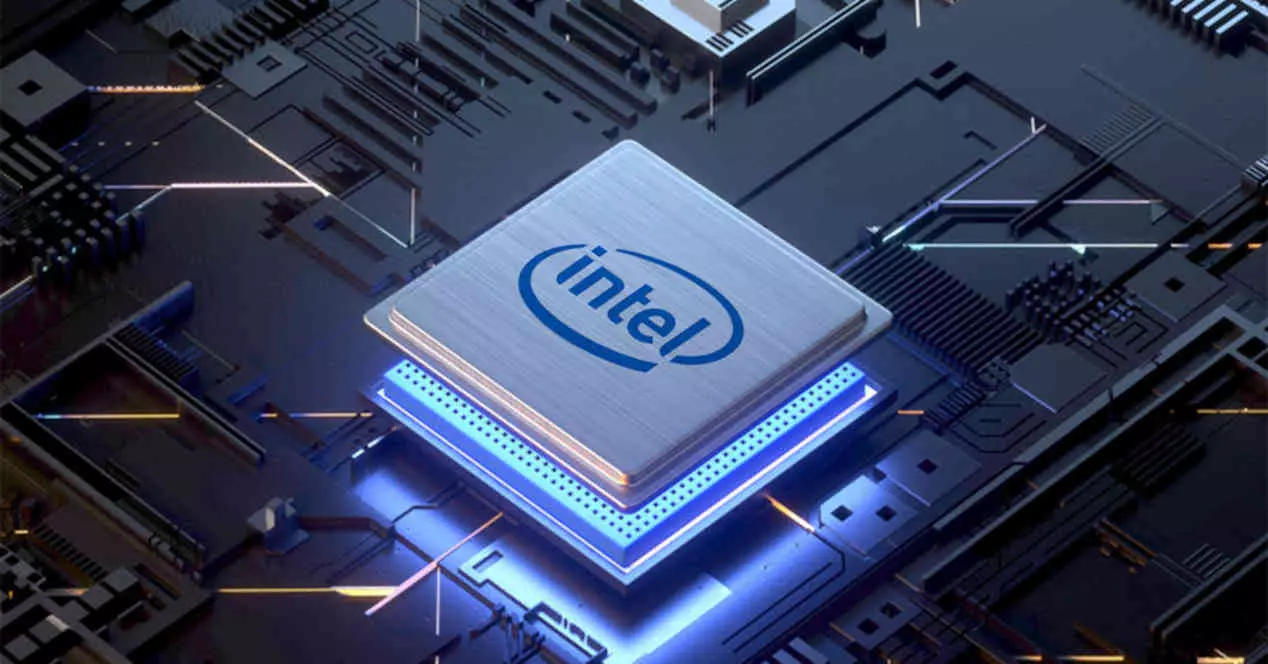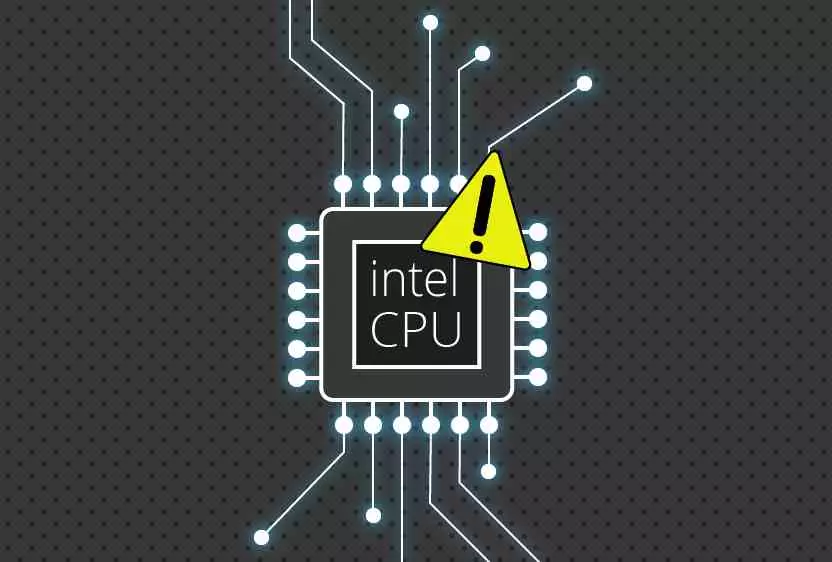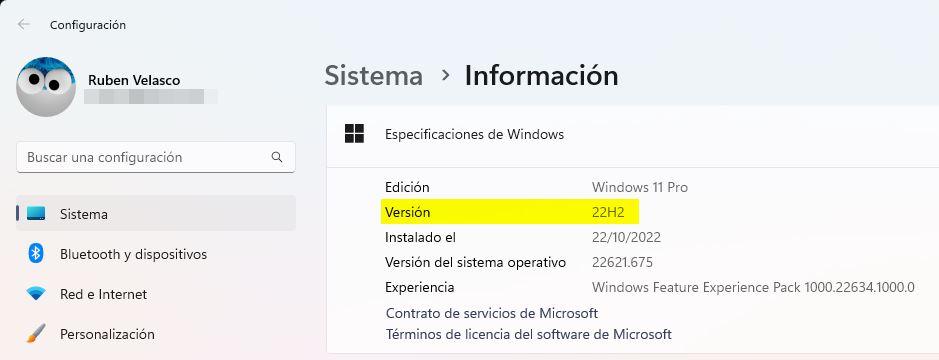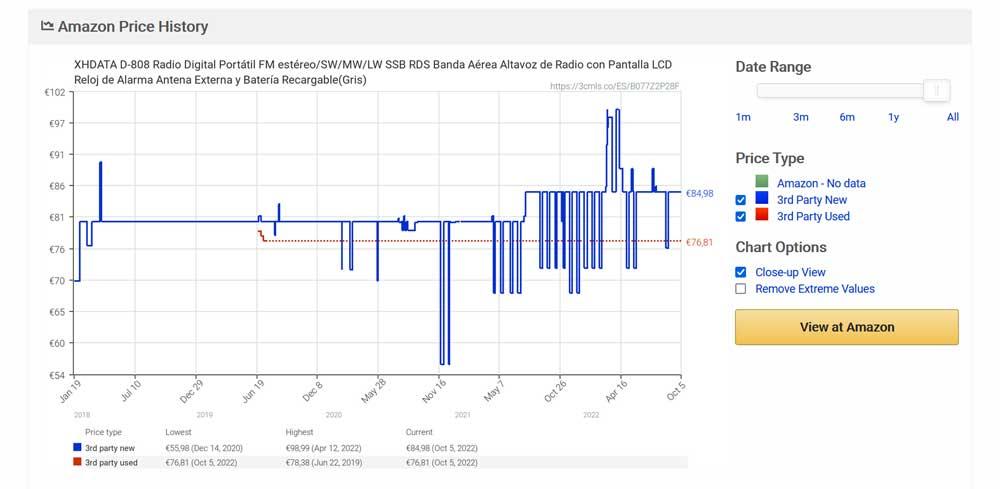
In recent times, the consumption of CPUs has been notably increased if we compare it with previous generations, and in fact it is a parameter that is quite worrying since higher consumption entails not only a higher temperature, but also a higher cost. electric. Now, it seems that the next two generations of Intel gaming CPUs will have quite similar consumption data, but more extensive than the generations that are currently on the market; let’s see it.
The consumption of Intel CPUs: Raptor Lake-S with up to 125W
The Intel Raptor Lake-S line of desktop CPUs will replace the Alder Lake-S family of CPUs over the next year, and that Alder Lake still hasn’t hit the market yet (this shows us Intel’s work with continuing to innovate , all be said). These two new generations of processors (the 12th and 13th generation Intel Core) will be quite tough competition in the consumer segment for PCs, and of course Intel intends to make things difficult for AMD to prevent them from continuing with the hegemony of their CPUs. Ryzen.
Thus, Intel’s next-generation gaming CPU line will have a similar segmentation in terms of consumption, as we will find “K” variants with 125W TDP, “standard” variants with the already so common 65W TDP, and a variant Plus “Low-TDP” with only 35W of TDP.
According to the source of this leak, one of the minor changes that we will see in Intel Raptor Lake-S will be that the limit of PL4 it will move to a new reactive operation. Intel Alder Lake-S CPUs will feature proactive operation, but the new reactive mode will allow the chips to reach higher frequencies when performance is required while maintaining optimal efficiency.
PL4 will remain an opportunistic limit with a Tau of <= 10 ms, so it will almost always show up as a simple spike during certain workloads. The PL4 limit also activates overcurrent protection for the power supply when it reaches the highest wattage and amperage allowed by the platform.
As for the Power requirements, the 125W Raptor Lake-S variant will feature a PL1 rating of 125W (125W also in performance mode), a PL2 rating of 188W (253W in performance mode) and a PL4 rating of 238W (314W in performance mode). We can see that the PL4 rating is lower due to the recently introduced reactive operation, but the PL2 rating has increased over Alder Lake (which has 241W).
The same is true for 65W Alder Lake chips that are rated PL1 of 65W (same in performance mode), PL2 of 133W (219W in performance mode) and PL4 of 179W (277W in performance mode). In the end, we have the 35W variants with a 35W PL1 (same in performance mode), 80W PL2 (106W in performance mode) and 118W PL4 (152W in performance mode).
Has the consumption of modern processors skyrocketed?
As we can see, in the end, no matter how much relatively low TDP requirements are indicated, the real consumption can be triggered, making the overall consumption of the system really very high. To the consumption of the processor we must add that of the motherboard, peripherals, storage and, of course, that of the graphics card, which makes us think that in the end the Intel ATX12VO standard is intended to make users need to have sources more and more powerful power supplies.
And where is the efficiency? For many years, efficiency has been sought as the primary objective: more performance with the same consumption, or the same performance with less consumption. However, it seems that the trend is being to offer greater performance but also greater consumption, so it seems that efficiency is lagging a bit on the side.





